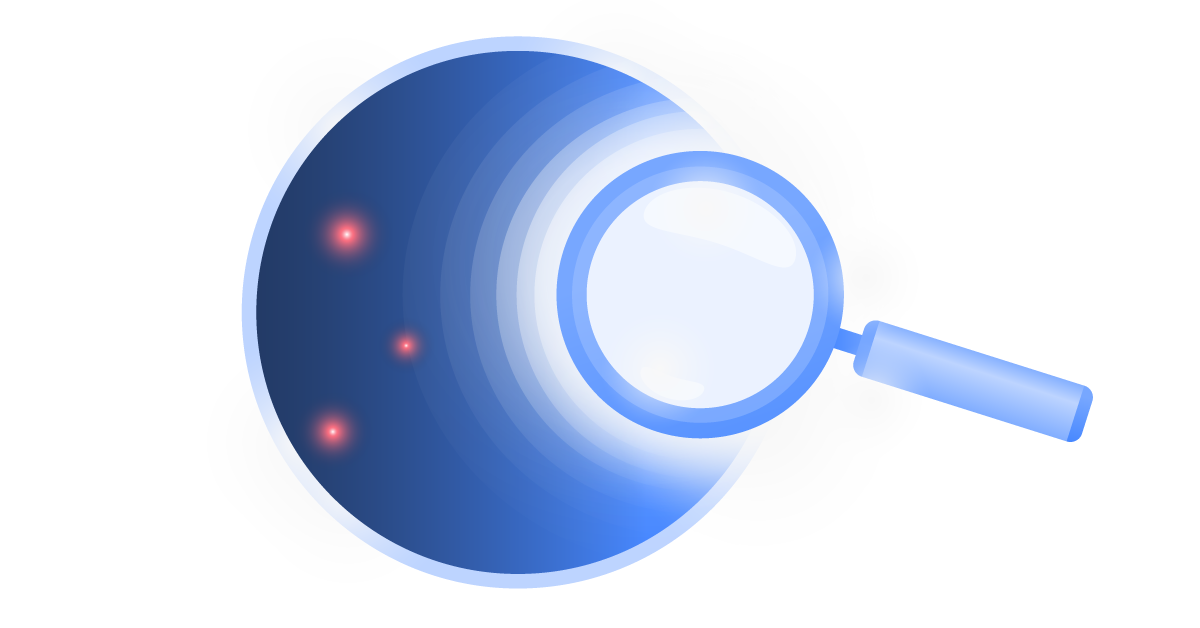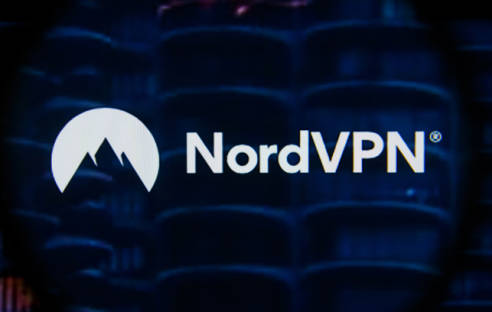

Dark web sites aren't indexed by ordinary search engines on the surface web either because they require special tools to access. The dark web is generally a subset of the deep web. Some engines, like Dogpile, will even show deep web search results, but most of these types of engines have been acquired by bigger entities and are shut down or are defunct.
DARK WEB MONITOR NORDVPN PASSWORD
Most of this deep web information is uninteresting and consists of data that is hidden behind a password or paywall. If you simply use Google to search for deep web content, you’ll get no results. The deep web is all content online that isn’t part of the surface web pages that aren’t indexed by standard search engines like Bing or Google. But, despite some of those overlaps, they refer to two different areas of the internet. The confusion between the two can be attributed to their overlapping definitions. The terms dark web and deep web are often used interchangeably, and wrongly so. While much of the dark web does involve illegal and unsavory elements, any page that is not reachable through normal browsers could technically be said to be a part of it.ĭark web vs deep web: what’s the difference? People often imagine that dark websites are all automatically dangerous, criminal places, but that’s not really true. Sites are considered to be on the dark web if they cannot be accessed via regular browsers and web search engines. Dark search engines are likely to turn up a much more limited number of most-visited dark web sites, and not all of these programs can be trusted to protect your data.

However, don’t expect to get the same kind of service and wide-ranging results as you do on Google. Unlike content on the surface web, you can’t find it through Google or Bing - that’s where dark search engines come in.ĭark search engines are designed to be used through Tor to find websites and pages, much like a regular search engine. Navigating the dark web can be difficult, because by its very nature the content it houses is not indexed. While this technique keeps the dark web operations anonymous, it considerably slows down performance.

The process repeats until the message arrives at its intended destination. The Tor browser wraps data in different layers of encryption (like an onion) and sends it through a network of ‘Onion Routers.' Each router the data passes through sheds away a layer of encryption and sends the partially decrypted message to the next destination. The name of this dark web browser comes from the method it uses to encrypt messages. The name appears alongside most references to the dark web, but how exactly does this dark web browser work? Tor (The Onion Router) was originally created by the US government as a tool for different military organizations to exchange messages and information anonymously. Most internet users who delve into the dark web will use this option. The most popular dark web browser is called Tor. It was followed by Tor, which eventually became a browser offering easier dark web access.
DARK WEB MONITOR NORDVPN FREE
Users could discuss, share, and publish information anonymously and completely free of government censorship.įreenet’s release to the public in 2000 helped to bring attention and demand for a way to stay anonymous online. Created by Ian Clarke in 1999, the project soon evolved to become Freenet - a platform of free speech online. The original intent was to create a decentralized peer-to-peer file-sharing program. The origins of the dark web started in the form of a student’s final project at the University of Edinburgh. All dark web sites are hosted through the dark net and nearly all traffic is encrypted. Accessing them without these special tools is impossible. Unlike content on the surface web, they require special programs or technologies to access, and these will often hide the visitors' IP addresses from the website as well. The dark web is a part of the internet that consists of websites that hide their IP addresses from the wider web.


 0 kommentar(er)
0 kommentar(er)
